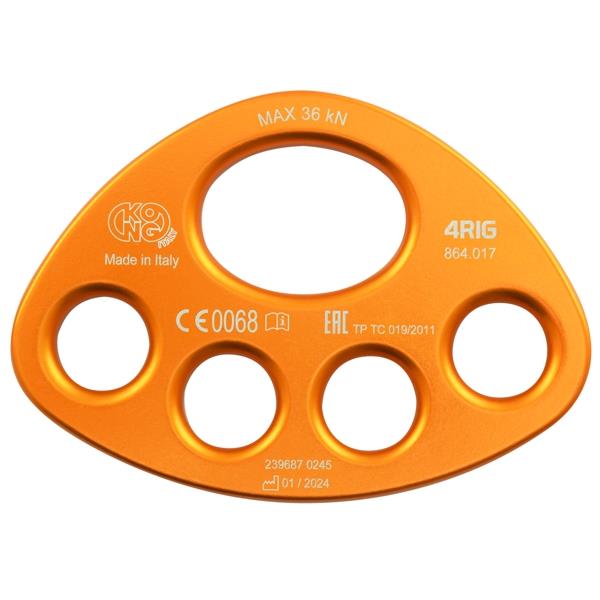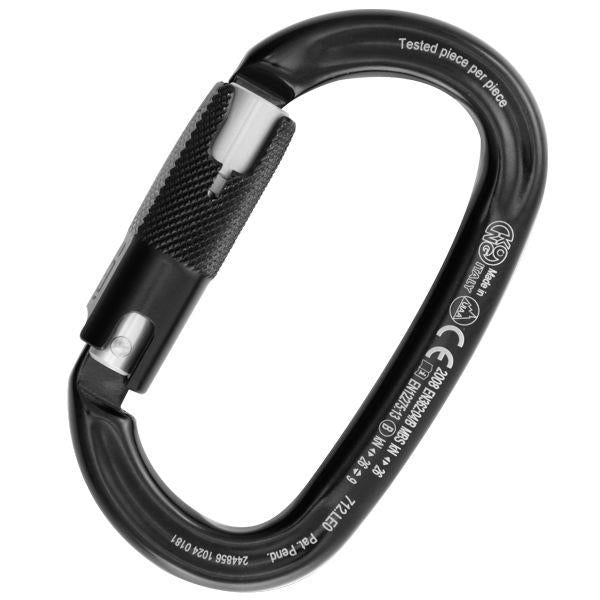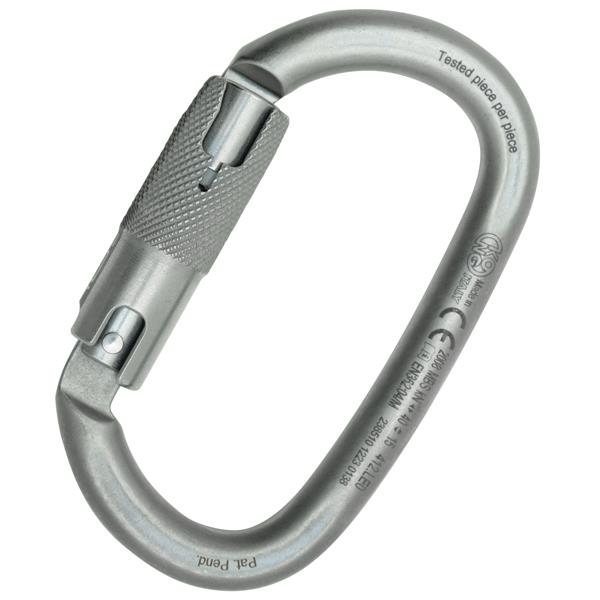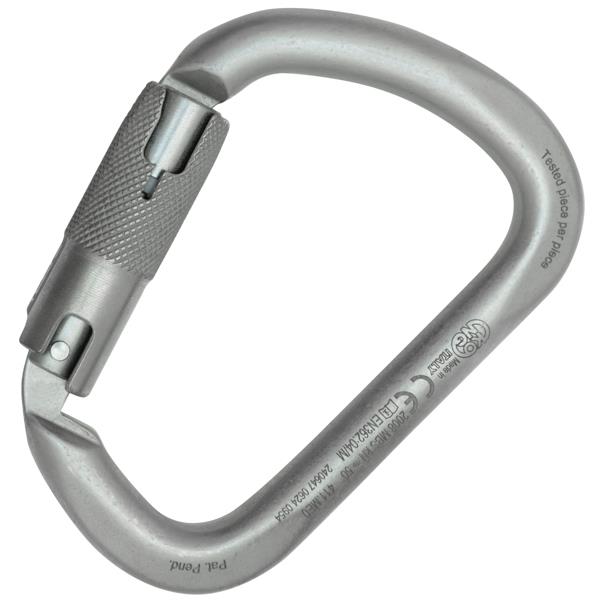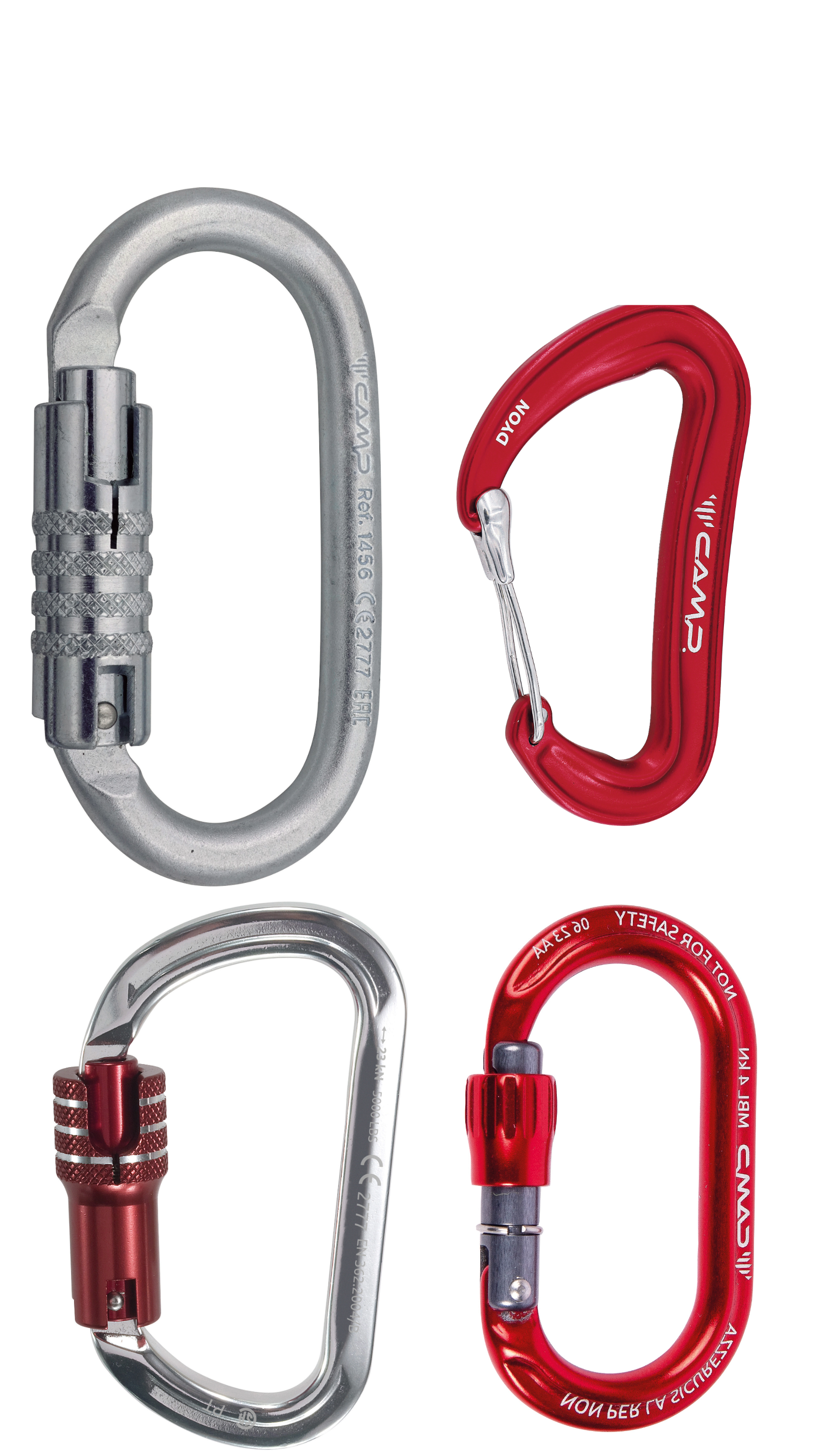When engaging in activities that require the use of safety equipment, it’s crucial to distinguish between work at height and climbing applications. While both involve heights and the use of specialized gear, the purposes, environments, and requirements for each differ significantly.
When Do You Need Work at Height Equipment?
Work at height equipment is designed for professional environments and industrial tasks where safety and efficiency are paramount. Typical situations include:
- Construction and Maintenance: Scaffolding, tower work, or roof repair.
- Rope Access and Rigging: Window cleaning, bridge inspections, or stage rigging for concerts.
- Rescue Operations: Emergency services or industrial rescue scenarios.
- Utility Work: Operations involving powerlines, wind turbines, or telecommunications towers.
Advantages:
- Designed for repetitive and extended use in harsh environments.
- Includes gear tailored for fall arrest, work positioning, and suspension.
- Often compliant with strict industry standards such as ANSI or EN.
Disadvantages:
- Heavier and bulkier than climbing equipment.
- Less flexibility for dynamic movements like those needed in sports climbing.
When Do You Need Climbing Equipment?
Climbing equipment is optimized for recreational or athletic pursuits where agility, lightness, and dynamic energy absorption are critical. Common scenarios include:
- Rock Climbing and Mountaineering: Scaling cliffs, mountains, or crags.
- Tree Climbing: Arborist activities or recreational tree climbing.
- Sport Climbing and Bouldering: Gym climbing or competition climbing.
- Adventure Activities: Caving or ziplining.
Advantages:
- Lightweight and compact for portability.
- Designed to absorb dynamic forces during falls, reducing impact.
- Tailored for quick movements and diverse terrain.
Disadvantages:
- May not meet the durability or load requirements of industrial tasks.
- Often lacks the adaptability needed for fixed positioning or fall arrest systems.
Choosing Between Steel and Aluminum Equipment
The choice between steel and aluminum equipment depends on your activity, environment, and specific needs. Here’s a breakdown of their advantages and disadvantages:
Steel Equipment
-
Advantages:
- Extremely durable and resistant to wear and tear.
- Ideal for heavy loads and high-friction applications (e.g., rescue pulleys, anchors).
- Better suited for industrial environments with rough conditions.
-
Disadvantages:
- Significantly heavier, making it less practical for activities requiring mobility.
- Can corrode if not properly maintained, especially in wet or salty environments.
Aluminum Equipment
-
Advantages:
- Lightweight, making it ideal for climbing and long-duration activities.
- Resistant to rust, making it a better choice for wet conditions.
- Easier to handle during dynamic tasks like rope maneuvers.
-
Disadvantages:
- Less durable than steel, particularly in high-friction or abrasive environments.
- Can deform under extreme loads, limiting its use in heavy-duty applications.
How to Choose Gear for Your Activity
-
Assess Your Activity’s Requirements:
- For industrial tasks or rescue operations, prioritize durability, load capacity, and compliance with industry standards.
- For climbing or recreational activities, focus on lightweight and dynamic energy absorption properties.
-
Consider the Environment:
- Steel is better for industrial, high-impact, or abrasive conditions.
- Aluminum excels in activities requiring agility or in environments where weight savings are critical.
-
Think About Compatibility:
- Ensure your gear works seamlessly together. For example, pairing steel carabiners with aluminum pulleys can cause wear over time.
-
Evaluate Certification Standards:
- Verify that your gear complies with the relevant standards, such as ANSI Z359 for industrial equipment or UIAA ratings for climbing gear.
-
Factor in Longevity and Maintenance:
- Steel lasts longer under harsh conditions but requires more maintenance to avoid corrosion.
- Aluminum is easier to maintain but may need replacement sooner under heavy use.
Common Myths About Steel and Aluminum Carabiners and How to Choose the Right One
When choosing carabiners for work at height, climbing, or rescue operations, misconceptions about steel and aluminum carabiners often lead to confusion. This guide debunks common myths and offers practical advice for selecting the right carabiner for your specific task.
Myths About Steel Carabiners
1. Steel Carabiners Are Indestructible
-
The Reality:
Steel is highly durable but not invincible. Prolonged exposure to harsh environments, poor maintenance, or repeated heavy loads can still cause wear and damage. Regular inspections are crucial to ensure safety.
2. Steel Carabiners Are Only for Industrial Use
-
The Reality:
While commonly used in industrial settings due to their strength and durability, steel carabiners can also be valuable for climbing or rescue operations, particularly when heavy loads or high abrasion are involved.
3. Steel Carabiners Are Too Bulky to Be Practical
-
The Reality:
Advances in design and manufacturing have led to lighter steel carabiners that maintain their high strength, making them practical for various uses without unnecessary bulk.
4. Steel Carabiners Are Immune to Temperature Extremes
-
The Reality:
Steel performs well under a wide range of temperatures, but extreme cold can make it more brittle, while excessive heat can weaken its structural integrity. Always consider the operational environment.
Myths About Aluminum Carabiners
1. Aluminum Carabiners Can’t Handle Heavy Loads
-
The Reality:
Aluminum carabiners are designed to handle significant loads, often exceeding 20 kN (4,500 lbs). For many climbing and work-at-height applications, aluminum provides sufficient strength with reduced weight.
2. Aluminum Carabiners Are Short-Lived
-
The Reality:
While aluminum wears faster than steel in abrasive or high-friction scenarios, proper care and using it within its intended scope can extend its lifespan significantly.
3. Aluminum Carabiners Are Unsafe for Critical Applications
-
The Reality:
Aluminum is widely used in life-safety applications, including climbing, rope access, and rescue, provided the carabiner meets the required safety standards (e.g., UIAA, ANSI, or CE certifications).
4. Aluminum Carabiners Are Weak in the Cold
-
The Reality:
High-quality aluminum carabiners are tested to perform under a wide range of temperatures. While they can be affected by extreme cold, this is rarely an issue in normal working conditions.
General Myths About Carabiners
1. Bigger Carabiners Are Always Better
-
The Reality:
Larger carabiners can accommodate more connections, but they may not fit well in tight spaces or work efficiently in some systems. The size should match the specific needs of the task.
2. All Carabiners Are Created Equal
-
The Reality:
Carabiners vary in material, strength ratings, gate types (e.g., screw-lock, auto-lock, or wiregate), and certifications. Always select carabiners that meet the requirements of your task and comply with industry standards.
3. The Stronger the Carabiner, the Safer It Is
-
The Reality:
Excessive strength can lead to compatibility issues within a system. For example, pairing a steel carabiner with an aluminum pulley might cause uneven wear, reducing the pulley’s lifespan.
4. Locking Carabiners Are Always Necessary
-
The Reality:
While locking carabiners enhance safety by preventing accidental gate openings, non-locking carabiners are suitable for situations where quick access and lighter weight are prioritized, such as sport climbing.
5. Carabiners Don’t Require Maintenance
-
The Reality:
Dirt, grit, and moisture can affect the functionality of both steel and aluminum carabiners. Regular cleaning and lubrication, along with thorough inspections, are vital for long-term reliability.
How to Choose the Right Carabiner for Your Task
Selecting the appropriate carabiner depends on several factors:
1. Material
- Steel: Best for high-load, industrial applications, rescue operations, or environments with heavy wear and tear.
- Aluminum: Ideal for climbing, mountaineering, or tasks where weight is a primary concern.
2. Strength Ratings
Check the carabiner’s strength ratings (measured in kilonewtons, kN):
- Higher ratings indicate greater strength but may not always be necessary for your activity.
- Ensure the carabiner meets or exceeds the requirements for your specific application.
3. Gate Type
- Screw-lock: Provides security and is simple to operate but requires manual locking.
- Auto-lock: Offers enhanced safety with automatic locking but may be more challenging to use with gloves.
- Wiregate or Non-locking: Lightweight and easy to clip, perfect for sport climbing or non-critical applications.
4. Shape
- D-Shaped: Strongest and most efficient for transmitting loads.
- Oval: Versatile and distributes loads more evenly.
- HMS (pear-shaped): Designed for belaying or creating multiple anchor points.
5. Environment
- For harsh environments (e.g., saltwater exposure), consider corrosion-resistant coatings or materials like stainless steel.
- In cold conditions, ensure gate mechanisms are easy to operate with gloves and won’t freeze.
6. Compatibility
- Ensure all components of your system (harnesses, ropes, pulleys, etc.) are compatible with the chosen carabiner to prevent uneven wear or reduced efficiency.
Conclusion
Choosing the right gear isn’t just about picking what’s strongest or lightest—it’s about understanding your activity, environment, and safety needs. Work at height equipment is tailored for industrial tasks with stringent safety demands, while climbing gear is optimized for agility and dynamic use. Similarly, the choice between steel and aluminum should reflect the conditions and load requirements of your activity.
By assessing these factors carefully, you can ensure that your gear not only performs effectively but also keeps you safe. Whether you’re scaling a cliff or inspecting a bridge, the right equipment makes all the difference.


